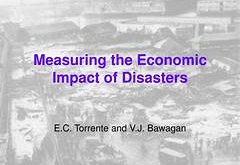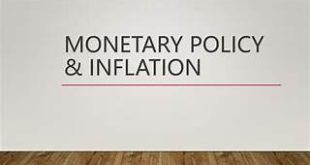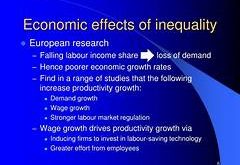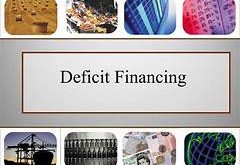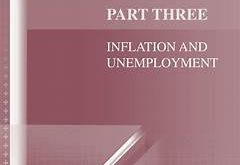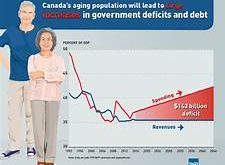“Impacts of Government Spending on Economic Growth: An Empirical Analysis” Introduction Definition and Importance of Government Spending: Government spending refers to the expenditure by the state on goods, services, and infrastructure, which is financed primarily through taxation and borrowing. It plays a crucial role in shaping the economy by influencing …
Read More »Yearly Archives: 2025
“Effect of Fiscal and Monetary Policy Coordination on the Economy”
“Effect of Fiscal and Monetary Policy Coordination on the Economy”, Introduction Definition of fiscal and monetary policy: Fiscal policy refers to government spending and taxation decisions aimed at influencing the economy. Monetary policy refers to the central bank’s actions, such as controlling interest rates and money supply, to stabilize the …
Read More »“Study of Cryptocurrencies: Threat or Opportunity for Economies?”
“Study of Cryptocurrencies: Threat or Opportunity for Economies?” Introduction Define cryptocurrency: A digital or virtual currency using cryptography for security, making it nearly impossible to counterfeit or double-spend. Mention key cryptocurrencies: Bitcoin, Ethereum, Ripple, and others. Highlight the rapid growth and adoption of cryptocurrencies. Thesis statement: Cryptocurrencies present both a …
Read More »Measuring the Impact of Natural Disasters on National Economies
Measuring the Impact of Natural Disasters on National Economies Introduction Natural disasters, including hurricanes, earthquakes, floods, wildfires, and tsunamis, have devastating effects on national economies. Their impact extends beyond immediate destruction, affecting long-term economic growth, infrastructure, employment, and government budgets. Understanding and measuring the economic consequences of natural disasters is …
Read More »Roles of Monetary Policy in Controlling Inflation
Roles of Monetary Policy in Controlling Inflation Introduction Inflation is a crucial economic phenomenon that impacts purchasing power, cost of living, and overall economic stability. Monetary policy, managed by central banks such as the Federal Reserve in the U.S. or the European Central Bank, plays a key role in controlling …
Read More »Analysis of Economic Growth and Income Inequality
Analysis of Economic Growth and Income Inequality Introduction Economic growth and income inequality are two fundamental aspects of a nation’s economic performance. While economic growth is often associated with improvements in living standards, technological advancements, and employment opportunities, income inequality can lead to social and economic disparities. This article explores …
Read More »Consequences of Government Debt and Deficit Financing
Consequences of Government Debt and Deficit Financing Introduction Government debt and deficit financing are critical economic tools used by nations to stimulate growth, fund essential services, and address economic downturns. While these mechanisms provide short-term relief and facilitate large-scale public investments, excessive reliance on them can have significant long-term consequences. …
Read More »Comparative Study on Developed and Developing Economies
Comparative Study on Developed and Developing Economies Introduction The global economy consists of a diverse range of nations, each at different stages of development. Broadly, economies are classified into developed and developing categories based on factors such as GDP per capita, industrialization, infrastructure, and standard of living. Understanding the key …
Read More »Understanding the Relationship Between Inflation and Unemployment
Understanding the Relationship Between Inflation and Unemployment Introduction Inflation and unemployment are two fundamental economic indicators that significantly influence the stability and growth of national economies. Policymakers, economists, and financial analysts closely monitor these variables to assess economic health and formulate policies that balance price stability with job creation. The …
Read More »Effects of Population Aging on Public Finances
Effects of Population Aging on Public Finances Introduction Population aging is a demographic phenomenon occurring worldwide, with profound implications for public finances. As life expectancy increases and birth rates decline, the proportion of elderly individuals within a population grows, exerting significant pressure on government budgets, social welfare programs, and economic …
Read More » My Blog My WordPress Blog
My Blog My WordPress Blog



